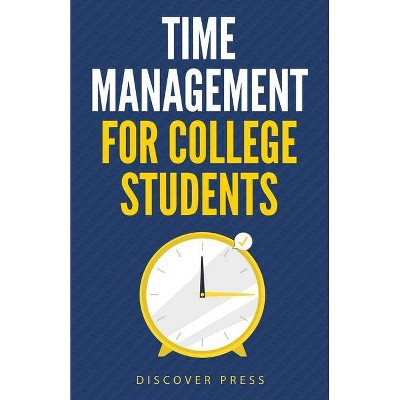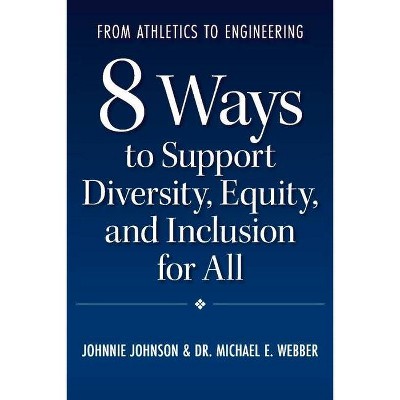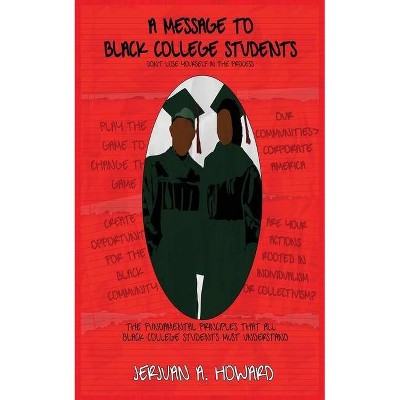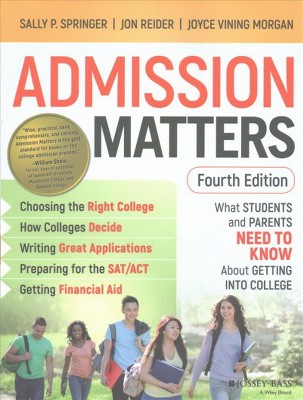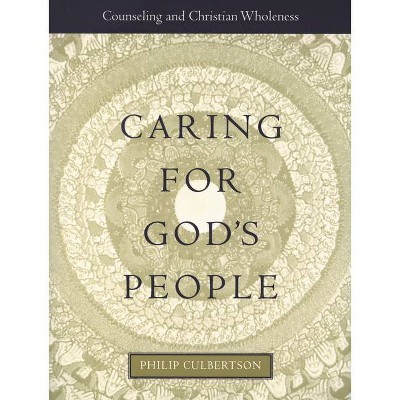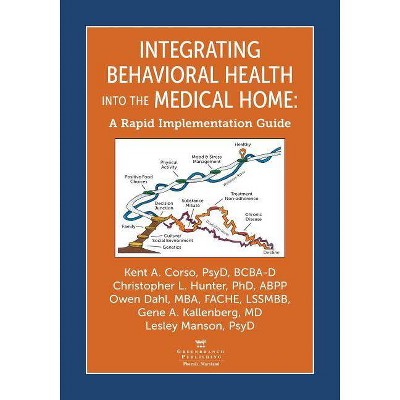Integrating Multilingual Students Into College Classrooms - by Johnnie Johnson Hafernik & Fredel M Wiant (Paperback)
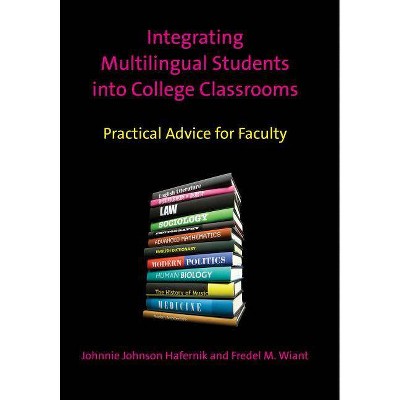
Similar Products
Products of same category from the store
AllProduct info
<p/><br></br><p><b> About the Book </b></p></br></br>This book is a practical, informative and concise guide for college and university faculty across all disciplines who are dealing with today's diverse student body: an increasingly ethnically, culturally and linguistically diverse group. It helps staff to understand multilingu...<p/><br></br><p><b> Book Synopsis </b></p></br></br>Today more and more ethnically, culturally, and linguistically diverse students enroll in our college and university courses. These diverse, multilingual students enrich our campuses and at the same time present challenges. Who are these students? What skills do these diverse students need to be successful in college? How can faculty help them succeed? For faculty in all disciplines seeking answers to these questions, this is an essential book. This text provides practical advice on how to assist these students with academic tasks and how to help them to succeed in the academy.<p/><br></br><p><b> Review Quotes </b></p></br></br><br><p>The book fills a much needed gap in the literature on academic language development for college-level nonnative speakers of English, which the authors view not as the sole responsibility of English for Academic Purposes (EAP) or English as Second Language (ESL) departments, but of faculty throughout the academy. In my view, Hafernik and Wiant have succeeded in their task of producing a highly beneficial reference book for college faculty across the disciplines whose classes comprise both US and international-born students. The authors take seriously the claim that multilingual students in the college classroom are assets with the potential to enrich the lives of all of us. Indeed, the greatest strength of this book is that the vast majority of strategies offered as effective teaching practices for multilingual students will likely raise student achievement universally, making the suggestions here a true win-win for all concerned.</p>--Susan Bleyle, University of Georgia, USA "International Journal of Multicultural Education, vol 15 (2), 2013"<br><br><p>This book is a welcome collaboration by two seasoned professionals from the fields of TESOL and Composition. It is an accessible, enjoyable book that will benefit language/writing instructors, teacher-educators, and especially faculty across the disciplines. It is grounded in current realities and knowledge, extremely practical, timely, and useful.</p>--Dana R. Ferris, University of California, Davis, USA<br><br><p>This elegantly written volume is a true gift to those of us who administer and teach in programs for multilingual students. Its powerful and compelling arguments for integrating this student population into the mainstream of our academic communities along with its concrete suggestions for how faculty can better understand the needs of these students, more appropriately structure their assignments, and more fairly assess their work will help us all in our task of advocating for our students and educating our administrators and other faculty across the disciplines.</p>--Donna M. Brinton, University of California, Los Angeles, USA<br><br><p>What is most surprising about Integrating Multilingual Students into College Classrooms is that a resource of this quality and applicability is finally available! The need for a clear, practical guide to working with these learners in regular college content classes has been so obvious and so urgent for so long - especially for detailed frameworks that can apply to a wide range of classroom contexts. The principles involved in making the kind of adjustments required in mainstream courses at the post-secondary level are well understood by the profession, but being able to interpret them for instructors in other disciplines as is accomplished in this well-written format is a significant accomplishment. The response by faculty trainees to several of the sections has been understandably enthusiastic - as will be yours.</p>--William Acton, Trinity Western University, British Columbia, Canada<br><p/><br></br><p><b> About the Author </b></p></br></br><p>Johnnie Johnson Hafernik is professor in the Department of Rhetoric and Language at the University of San Francisco. Her research interests include applied linguistics, English for Academic Purposes (EAP), curriculum design, and issues of ethics and social justice in language education. She is the co-author of two books: Dilemmas in Teaching English to Speakers of Other Languages: 40 Cases with Dorothy S. Messerschmitt and Ethical Issues for ESL Faculty: Social Justice in Practice with Dorothy S. Messerschmitt and Stephanie Vandrick.</p> <p>Fredel M. Wiant is associate professor and chair of the Department of Rhetoric and Language at the University of San Francisco. Her research interests include political rhetoric, communication and composition curriculum and pedagogy, and first-year college experience. She is the co-author of a writing/speaking textbook, The Speaking/Writing Connection: A Rhetoric with David Ryan.</p>
Price History
Price Archive shows prices from various stores, lets you see history and find the cheapest. There is no actual sale on the website. For all support, inquiry and suggestion messages communication@pricearchive.us


